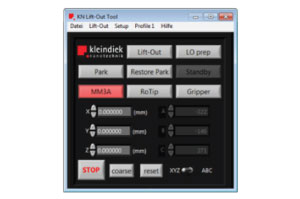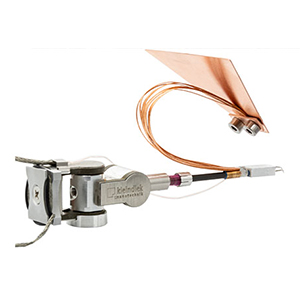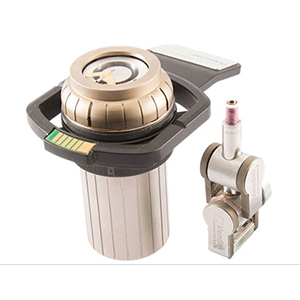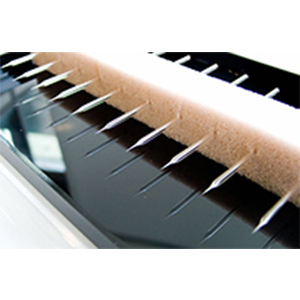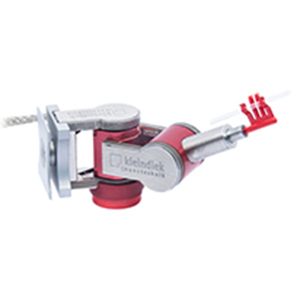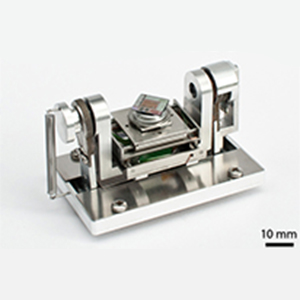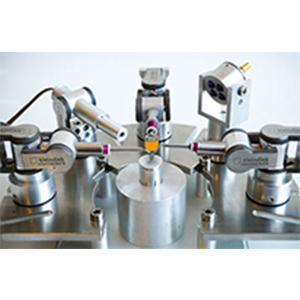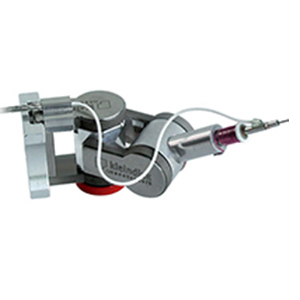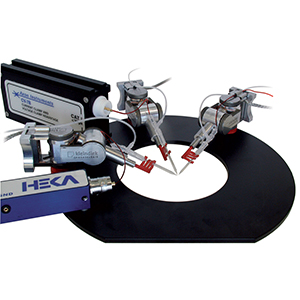Probing is increasingly utilized as a technique for the characterization of the local electrical properties of an integrated circuit, as well as the isolation of defects. Test structures and/or SRAM arrays were examined with the various probing modes available with a probing system. Test structures were examined using Electron Beam Absorbed Current (EBAC), Resistive Contrast Imaging (RCI), Electron Beam Induced Current, (EBIC), and EBIRCH (Electron Beam Induced Resistance CHange). The results demonstrate the utility of using each in an SRAM yield management scenario. EBAC is able to provide information about basic connectivity. RCI allows for the isolation of resistive spots along a conductor. EBIC provides for the imaging of depletion zones between PW and NW, even in a planar view. EBIRCH, being driven by two different mechanisms (thermal coefficient of resistivity and Seebeck effect) is able to provide two different kinds of analyses, depending on the conditions. EBIRCH precisely isolated which of a few fins in a multi-fin device are responsible for a short and showed the thermal relations between the elements of a pulldown device in an SRAM. The techniques together provide multiple forms of process feedback when used as part of an integrated yield management program involving analysis of via chains, SRAM parallel array test structures, and SRAMs.


